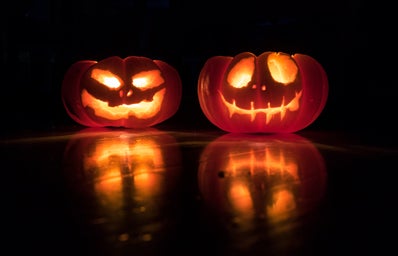The month of October brings with it loads of examinations and festivals. The two basic things that make you miss home a lot when you’re away. Whether it’s India or some other country, it is always a hyped-up month. One such ancient festival is Samhain, which with time has become a holiday famously known as Halloween. This is the holiday where you see kids dress up as monsters, ogres, ghosts or Gordon Ramsay. In neighbourhoods illuminated by Jack o’ Lanterns, kids are seen running around, playing pranks and asking for candy.
Halloween, as we know it today, has ancient roots and medieval modifications embedded into it. Centuries of cultural and religious influence has made it what it is today. Halloween’s origins can be traced back to the ancient Welsh and Celtic tradition of observing the day of Samhain, the day of the annual harvest.
The legends have it that the Celts believed in the afterlife. They believed that Gods and ghosts make every decision of their lives. They also believed that the ghosts of their ancestors will come to haunt them and steal their harvest. They would burn fake houses and have bonfires for the entire night to cast off the evil spirits and ghosts as instructed by their local shamans. This day was called Samhain, where people danced around those bonfires the entire night and ate to their heart’s content. The Celts followed Paganism. By the end of 380 A.D. most of Europe had converted to Christianity. But this festival did not lose its sheen and continued for a long time, every year on the 31st of October, in the same way, in countries where there was Celtic and Welsh influence. Especially in Ireland. Getting a bit nervous about the Pagan influence of this festival and skeptical about people’s fickle religious mind-set, Pope Gregory III declared 1st November as “All Hallow’s Day” or the “Hallowmas” roughly meaning “the day of the saints and the holy.” The 31st October was called “Hallow’s Eve” which with the passage of time became “Halloween.” Despite the Christian influence, the Celtic traditions of yester-years were followed.
Halloween was mostly celebrated in Ireland and other European countries with an Irish population. Halloween was brought to the American subcontinent, the land from where it got its present fame, by a wave of Irish immigrants in the 1840’s after the Potato famine hit Ireland. And the rest is history.
They brought in their culture and traditions with them, and pranking was one of them. So basically, from being a festival of warding off ghosts, it became a festival where you become one.



